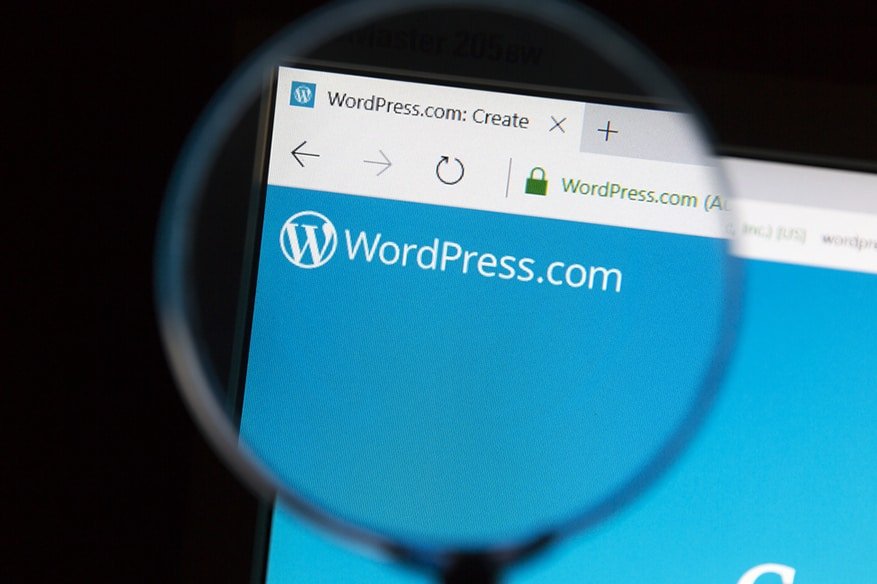How to Protect WordPress Websites from Keylogger Malware

WordPress is perhaps one of the most popular free, open source content management systems (CMS); it’s said that WordPress powers 30 percent of the internet. Now, let’s look at the other side of the picture; whatever is popular on the internet is likely to be targeted by cyber criminals as well. Well, they could only make it big by hitting at things that are popular! So, WordPress too is liked a lot by hackers; there are reports that say that many websites run on WordPress end up being infected with malware.
Among the different kinds of malware that infect WordPress, it’s the Keylogger malware that deserves special mention. Keylogger, as most of us know now, is a malware that records keystrokes and thereby gains unauthorized access to all kinds of personal data. This could include email passwords, confidential data sent over email or chats, login credentials of bank accounts, credit card data etc. The Keylogger malware could also help cyber criminals install another malicious script that would help produce an in-browser cryptocurrency miner. Just imagine how dangerous it would be if the WordPress infection could lead hackers to lay hands on sensitive personal data of hundreds of your customers? The Keylogger malware seems to be favored by many criminals who target WordPress websites; the figures suggest so. Experts opine that open source CMS platforms like WordPress don’t have the kind of protection that users expect since they provide a plug-n-play infrastructure that’s not supported by the vendor. If a feature or plug-in is compromised, there’s no accountability for the developer community. Similarly, users who use WordPress to build their websites don’t have real technical expertise and don’t continuously assess the vulnerability their WordPress websites have or develop.
How to Combat Keylogger Malware Infection on WordPress Sites?
There are two aspects of protecting a WordPress website against Keylogger malware. On the one side there are things that need to be done to protect it from getting infected and on the other, there are things that need to be done in case a WordPress website gets infected. Let’s take a look at some of the key measures to be adapted to prevent infection and also to repair infected WordPress websites…
To protect a WordPress website from getting infected, you should always create and use secure, strong passwords. At the same time, it would be advisable to turn on two-factor authentication which adds to the security of the website. Those who depend on WordPress for creating and maintaining websites should take care to install only highly reviewed plugins that come from verified sources, like wordpress.org. It’s also important that the analyze and assess heretofore unknown vendors. The focus should be on understanding their purpose or activity on a WordPress website and also on understanding any potential risk that they pose to the organization that owns the website or to its partners and customers.
Coming to websites that are infected, there are certain things that need to be kept in mind. The most important thing that needs to be done is to remove the malicious code from the WordPress theme’s function.php file, scan the wp_posts table for potential injections and then replace all WordPress passwords. All third-party themes, plugins, and other server software should be updated. It should also be remembered that when there are many websites created on one hosting account, a hacker could have accessed more than one website. So it becomes important that all websites on an account are checked and if needed repaired.
It’s to be kept in mind that protecting a WordPress website from Keylogger malware is very important. The malware could cause damages not just to the website owner, but to an entire organization and hundreds or thousands of customers as well.